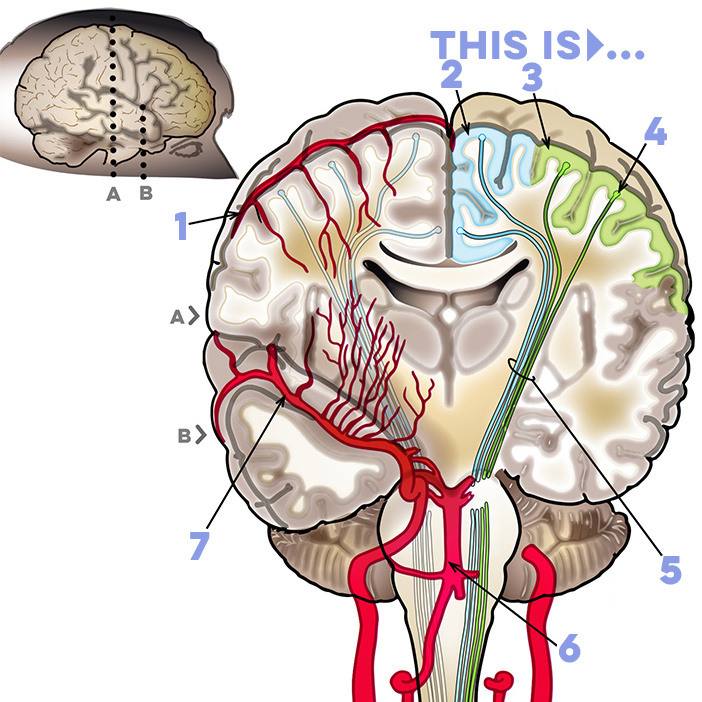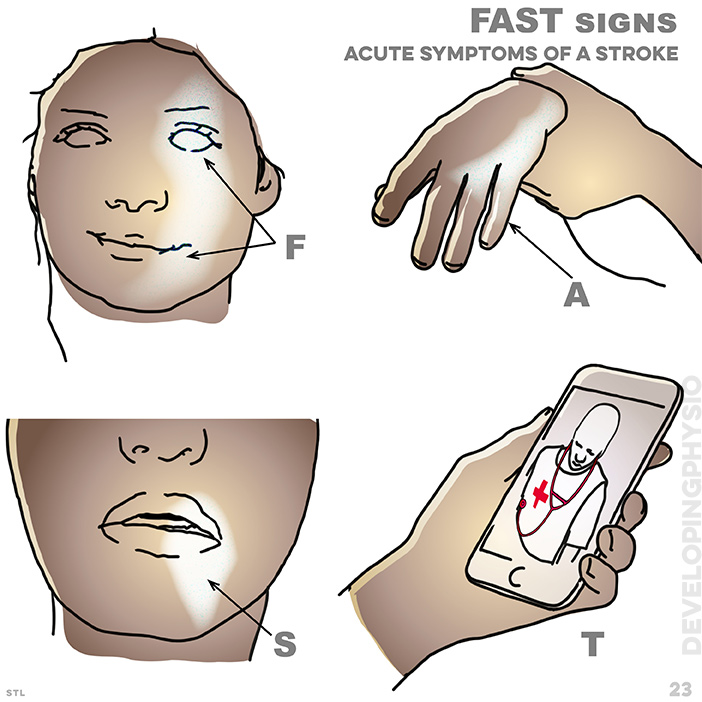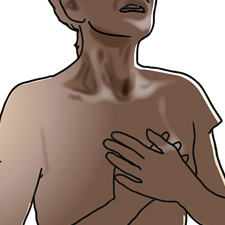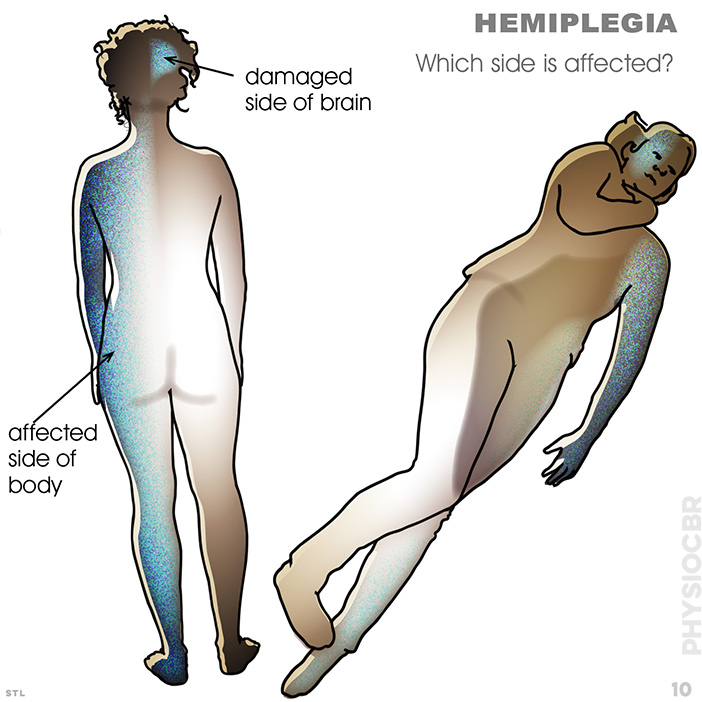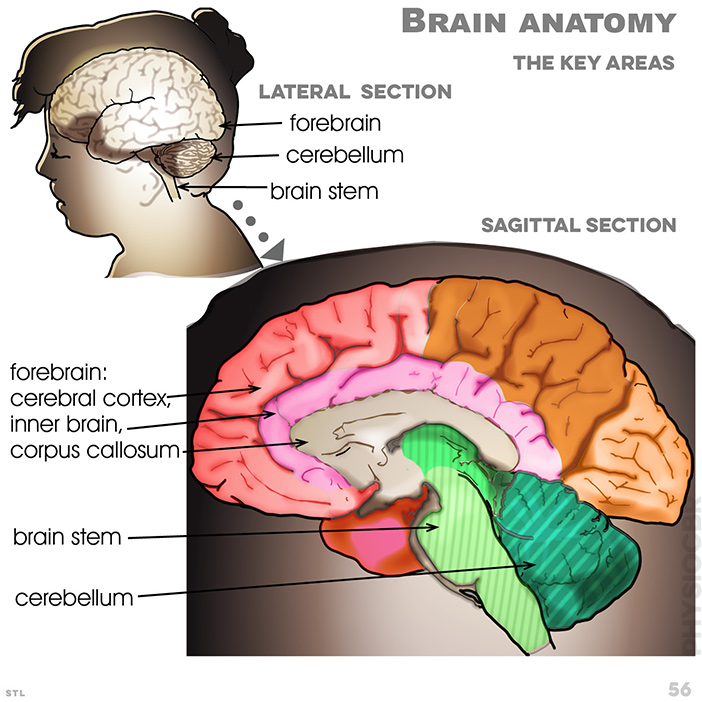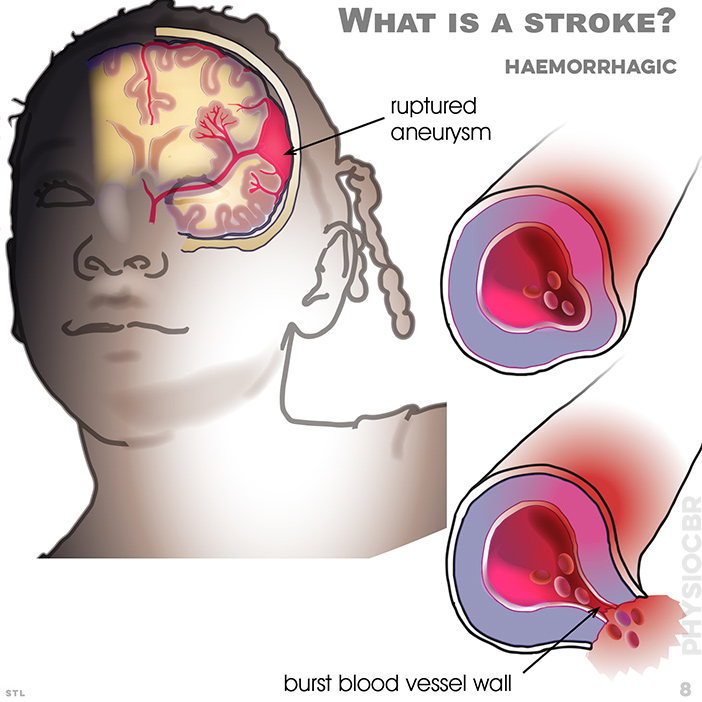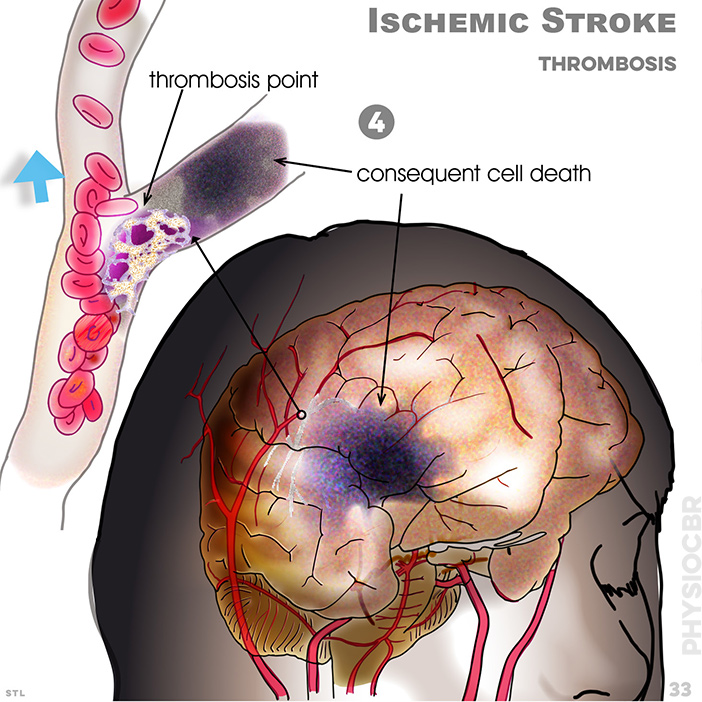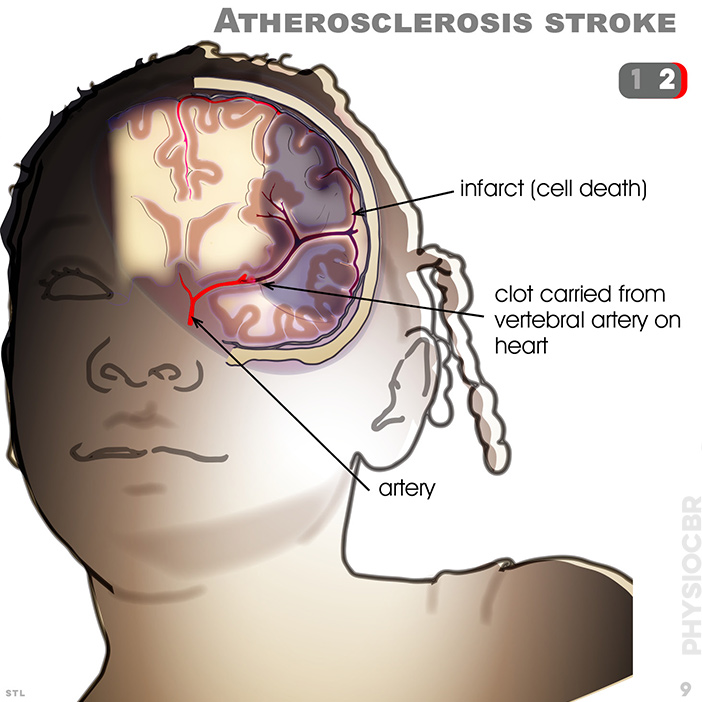Causes of a stroke
Quick guide (temp version for review only)
This activity explores the knowledge and skills required by health and social care staff to understand the causes of stroke. NB: This module has undergone a full content review and update March 2021 Learning Points: Explain what a stroke is State the causes of stroke Describe the relationship between the area of the brain affected by the stroke and the extent of the damage
